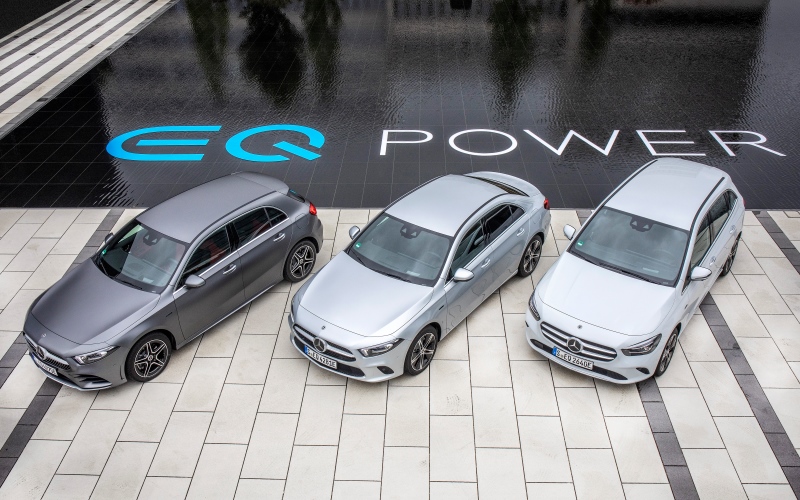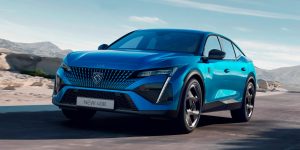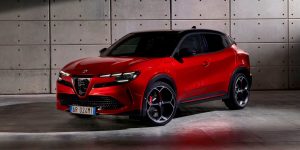In recent years, terms such as hybrid, electric or semi-autonomous driving have become inalienable features of the automotive sector. The natural evolution of the industry has led to research into new alternative propulsion systems to traditional gasoline and diesel engines. And a first step in this race towards total electrification are hybrid cars with their advantages and disadvantages.
This technology is not new. It has been with us for more than two decades in a concept that has proven to work. Now, hybridization represents an essential part of the Mercedes Benz vehicle range as an efficient solution to reduce fuel consumption and particulate emissions into the atmosphere. This helps us to make our model range cleaner and more environmentally friendly, as we move forward together towards the car of tomorrow.
What is a hybrid car?
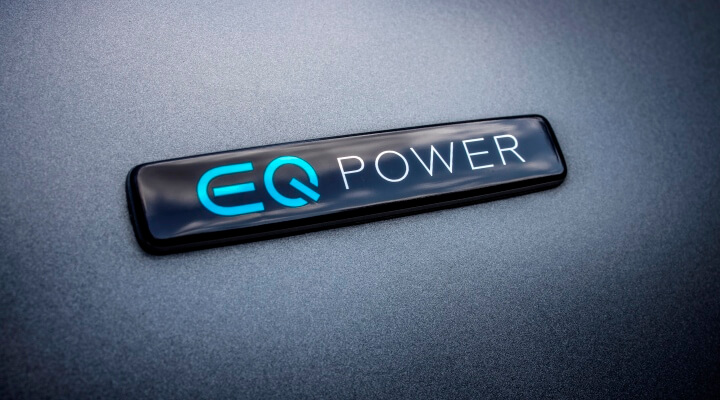
So, what is a hybrid car? A hybrid vehicle is a vehicle whose propulsion system is composed of two or more engines powered by different energy sources. Generally, hybrids combine an internal combustion engine (gasoline or diesel) with one or more electric motors. For a vehicle to be considered a hybrid, the wheels must be driven by both engines, either together or independently.
Thus, a hybrid car can be driven using only the internal combustion engine or in 100% electric mode. In situations where more power is demanded, both engines work together to maximize performance. In addition, a hybrid car is designed to reduce both fuel consumption and emissions. Thus, the electric motor runs most of the time, while the propulsion system seeks maximum efficiency at all times. To this end, the engine that is best suited to a given situation is automatically activated or deactivated.
Types of hybrid cars
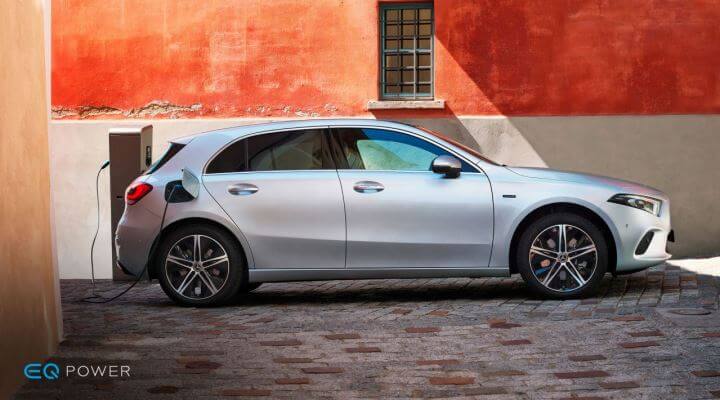
There are three different applications in a hybrid car, and each has its advantages and disadvantages:
- Electric hybrid: its propulsion system is based on a combustion engine (diesel or gasoline) and one or more electric engines powered by a small battery. To obtain the electric energy, energy recovery systems are used (regenerative braking or taking advantage of the vehicle's inertia), and in the last case the combustion engine acts as a generator. In general, their electric range is shorter and they are classified with the DGT's ECO environmental label.
- Plug-in hybrid: like the electric hybrid, the propulsion system of a plug-in hybrid combines a combustion engine with an electric motor. The battery, on the other hand, usually has a higher capacity and therefore a longer range. However, although the same energy recovery systems are used, a plug-in hybrid must be connected to the grid like an electric car to recharge the battery. It can drive at high speeds in 100% electric mode and is approved for lower fuel consumption and emissions. If it exceeds 40 kilometers of electric range, it carries the DGT's 0 Emissions environmental label (if less, the ECO label).
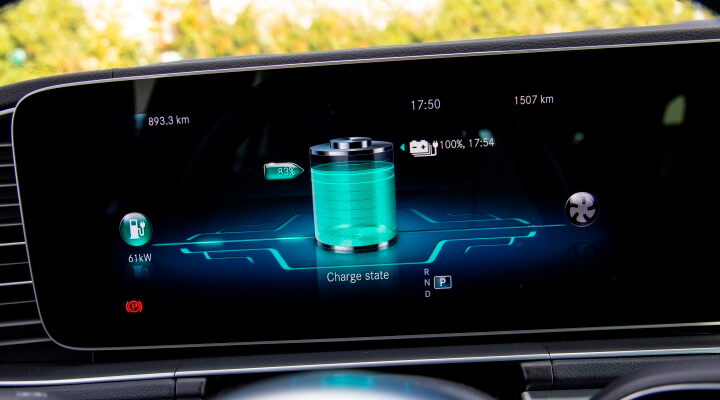
- Mild hybridization or micro-hybrid: a micro-hybrid car uses a small electric motor, which also acts as a generator, alternator and starter motor, to assist the combustion engine in certain situations. This small electric drive is connected to the gasoline engine by a belt and acts in different scenarios: sporadic accelerations, powering the electronic systems when the combustion engine is switched off to take advantage of inertia or improving the efficiency of the Start&Stop system. This configuration reduces fuel consumption by 0.5-1 liter per 100 kilometers.
Hybrid cars advantages and disadvantages
Like any other technology in the automotive industry, hybrid cars have a number of advantages and disadvantages that you should consider.
Advantages of hybrid cars
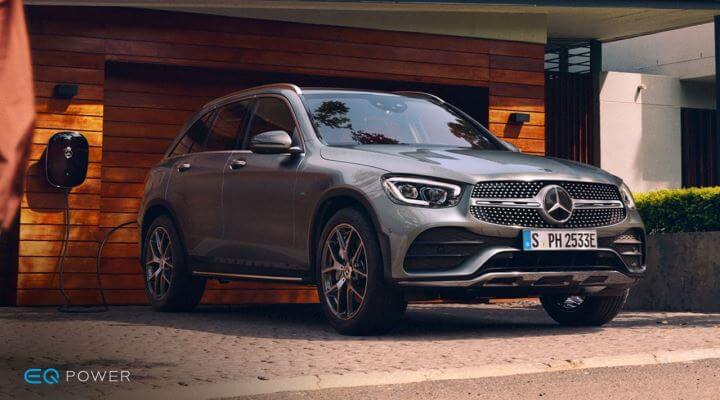
Hybrid car technology has many advantages, both for the driver and for the environment. Among the advantages of hybrid cars are precisely the reduction of fuel consumption and emissions. This means great fuel savings for the owner, while reducing the number of visits to the gas station.
They also have fewer mechanical components, which limits the risk of mechanical breakdown. And in terms of maintenance, parts such as brakes and tires suffer less wear and tear in a hybrid car than in one with a traditional engine. In addition, another of the great advantages of hybrid cars is that they all carry the ECO or 0 Emissions environmental badge, allowing the driver to benefit from a series of advantages (access to restricted traffic zones, reduction of the Vehicle Tax and Registration Tax, reductions in regulated parking zones...).
In conclusion, these are the main advantages of hybrid cars:
- Reduction of consumption and emissions
- Fuel savings
- Reduced risk of mechanical breakdown
- Reduced component wear
- 100% electric mobility
- Benefits of the ECO and 0 Emissions label
The main disadvantages of hybrid cars
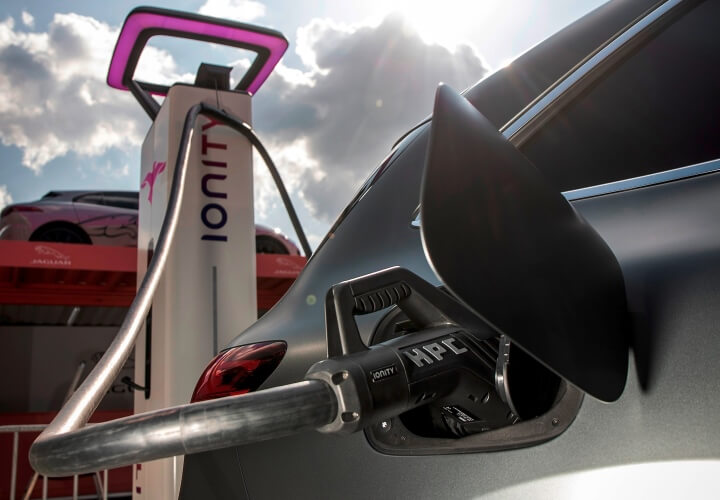
However, there are also a number of disadvantages. Among the disadvantages of hybrid cars is the purchase price. This type of vehicle tends to have a higher price than a conventional car, although there are discounts and official purchase subsidies that reduce the acquisition cost. Their technology can be overwhelming for the uninitiated. Although their propulsion system is "automated", switching from a traditional car to a hybrid may be somewhat more complicated for the inexperienced.
In the case of plug-in hybrids, their use is another major disadvantage of hybrid cars. To recharge the battery, it is necessary to connect it to the electricity grid, which implies time and an increase in the price of the electricity bill. By planning ahead, for example, by recharging at night or during working hours, or by using free chargers in supermarkets or shopping centers, you can counteract this disadvantage.
To summarize, these are the main disadvantages of hybrid cars:
- More expensive than a car with a conventional engine
- Slightly more complex technology
- Recharge time
- Higher costs when charging the battery at home
The best Mercedes hybrids

In Concesur Group we have the best Mercedes hybrids on the market. There are in all segments, from compact, through sedans, to large and spacious SUVs. Mercedes Benz EQ Power technology is present in more than 20 models of the range. The model family includes plug-in hybrid cars and micro-hybrid vehicles.
Among the best Mercedes hybrids is the Mercedes A-Class 250 e, a compact and efficient vehicle with up to 77 kilometers of electric range. And if it comes to autonomy, there is no one who beats the Mercedes GLE 350 and its up to 106 kilometers in electric mode. Remember that you can also recharge its battery at home in 3.5 hours, or program the charge from wherever you want with your cell phone.
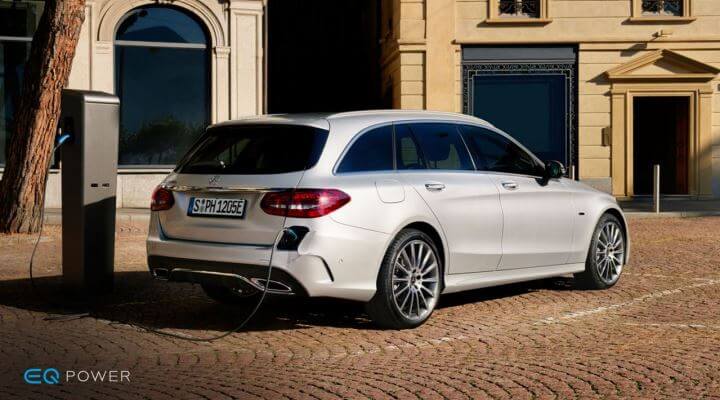
If you are looking for a coupe-style sedan with all the advantages of a plug-in hybrid car, the Mercedes CLA 250 e Coupé is the answer. On the other hand, the 320 hp Mercedes C-Class 300 e, with an average fuel consumption of 2-1.6 l/100 km and a range of 57 kilometers is an ideal alternative. Available with hybrid gasoline and diesel engine, as well as with Sedan and Estate bodywork.
This same configuration is available in the Mercedes E-Class, GLC and GLE. If crossover is concerned, the offer also includes the Mercedes GLA 250 e, while the Mercedes B-Class 250 e is designed for young, dynamic and efficient families.
Discover these and other offers on new Mercedes cars at Grupo Concesur.

